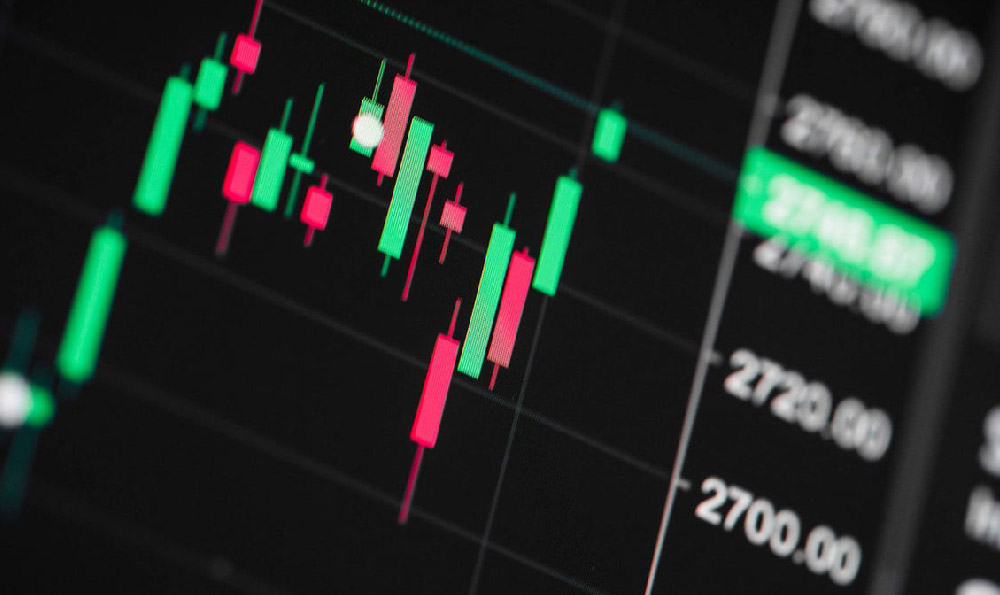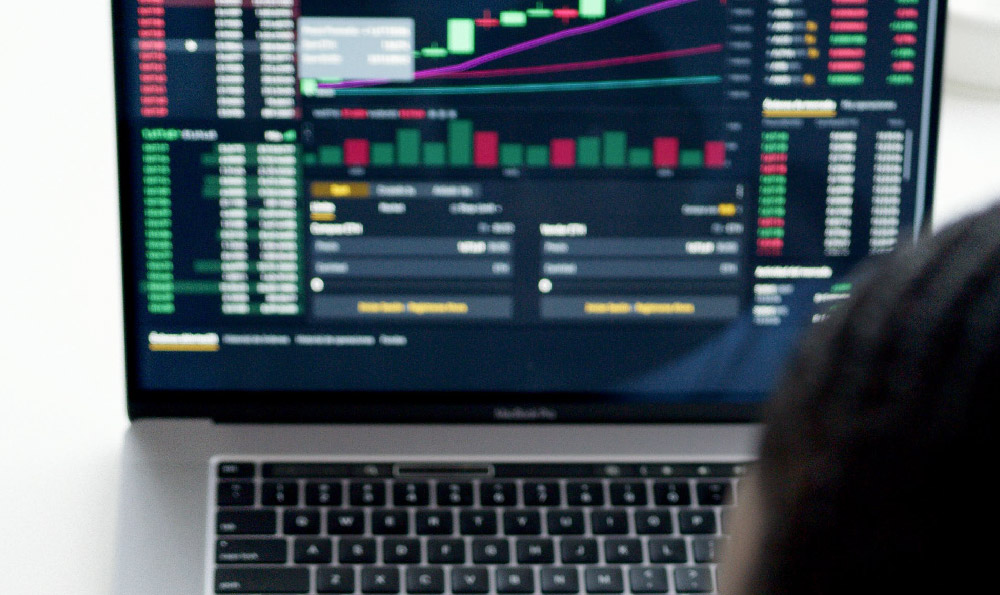Regularly monitoring market trends and technical indicators provides critical insights into the dynamics of the cryptocurrency market. As an investor, it's essential to recognize that while the potential for rapid gains exists, understanding the underlying mechanisms and risks is the foundation for sustainable success. The current economic climate, characterized by inflationary pressures and shifting monetary policies, has created unique opportunities for those who can navigate the market with precision. However, the same conditions also amplify volatility, necessitating a well-considered approach to both strategy and execution.
The first step in identifying profitable opportunities is to examine the broader macroeconomic landscape. Central banks around the globe are grappling with the challenge of balancing inflation control with economic growth, which has led to increased liquidity in financial markets. This environment tends to favor assets with high growth potential, including cryptocurrencies. Investors should pay attention to signals such as the interest rate decisions of major central banks, geopolitical developments, and regulatory changes, as these factors can significantly impact market sentiment. For example, when there is a surge in liquidity due to monetary stimulus, it often creates a tailwind for altcoins, particularly those with strong fundamentals or innovative use cases.
Technical analysis plays a pivotal role in capitalizing on short-term market movements. By studying price patterns and volume dynamics, traders can identify potential entry and exit points with greater accuracy. The use of moving averages, for instance, allows investors to gauge the strength of a trend. A crossover of the 50-day and 200-day moving averages can signal a potential reversal, while a divergence between price and volume may indicate fatigue in a rally. Additionally, the Relative Strength Index (RSI) can serve as a valuable tool to determine whether an asset is overbought or oversold, offering clues about potential corrections. However, it's crucial to remember that technical indicators are not infallible and should never be relied upon alone.

In the current market, altcoins such as Solana, Cardano, and Polkadot are experiencing renewed interest due to their focus on scalability and decentralization. Investors who can identify these chains with strong development pipelines and active ecosystems may find themselves in a position to benefit from the next phase of growth. At the same time, the rising interest in derivatives markets has created new avenues for profit through leveraged trading, but these strategies come with heightened risks. It's important to approach leverage with caution, as it can amplify both gains and losses. A well-defined risk management plan, including the use of stop-loss orders and strict position sizing, is critical to mitigating the effects of unexpected market fluctuations.
The role of market sentiment cannot be overstated. Social media platforms, news outlets, and on-chain analytics tools all contribute to the narratives that drive price action. Investors who can interpret these signals while maintaining an objective perspective are better positioned to capitalize on opportunities. For example, the recent buzz around stablecoins and decentralized finance (DeFi) has created a niche for traders who can navigate the complexities of these ecosystems. However, it's vital to avoid being swayed by hype or fear, as both emotions can lead to irrational decision-making and significant losses.
In addition to market analysis, the choice of investment vehicles is a key determinant of profitability. Staking and liquidity mining options have gained traction as alternative methods to generate passive income, offering investors a way to participate in blockchain networks without prioritizing short-term price speculation. However, these strategies should be tailored to an individual's risk tolerance and financial goals. A more aggressive approach might involve hedging against market volatility through futures contracts, while a conservative investor may focus on long-term holdings of established cryptocurrencies.
The importance of a diversified portfolio is often underestimated in the pursuit of fast returns. While it's tempting to concentrate capital in high-potential assets, overexposure to a single coin or market segment can be detrimental. A strategic allocation across different asset classes, including both blue-chip cryptocurrencies and emerging projects, can help mitigate the risks associated with market downturns. Furthermore, the implementation of dollar-cost averaging techniques can smooth out the impact of short-term volatility, making it easier to build a consistent position over time.
As the cryptocurrency market continues to evolve, the ability to adapt to changing conditions is paramount. Seasoned investors understand that the path to profitability is rarely linear and often requires patience, discipline, and a willingness to adjust strategies in response to new information. The key lies in identifying the right opportunities at the right time while maintaining a balance between risk and reward. This approach not only increases the likelihood of achieving financial goals but also protects against the pitfalls that often accompany rapid market movements.
The potential for quick profits in the cryptocurrency market is real, but it must be approached with the same level of care and strategy as any other investment. By combining a deep understanding of market dynamics, technical analysis, and risk management principles, investors can position themselves to take advantage of opportunities without exposing themselves to undue risk. In this rapidly changing landscape, the most successful investors are those who can think critically, act decisively, and remain focused on long-term value creation.












